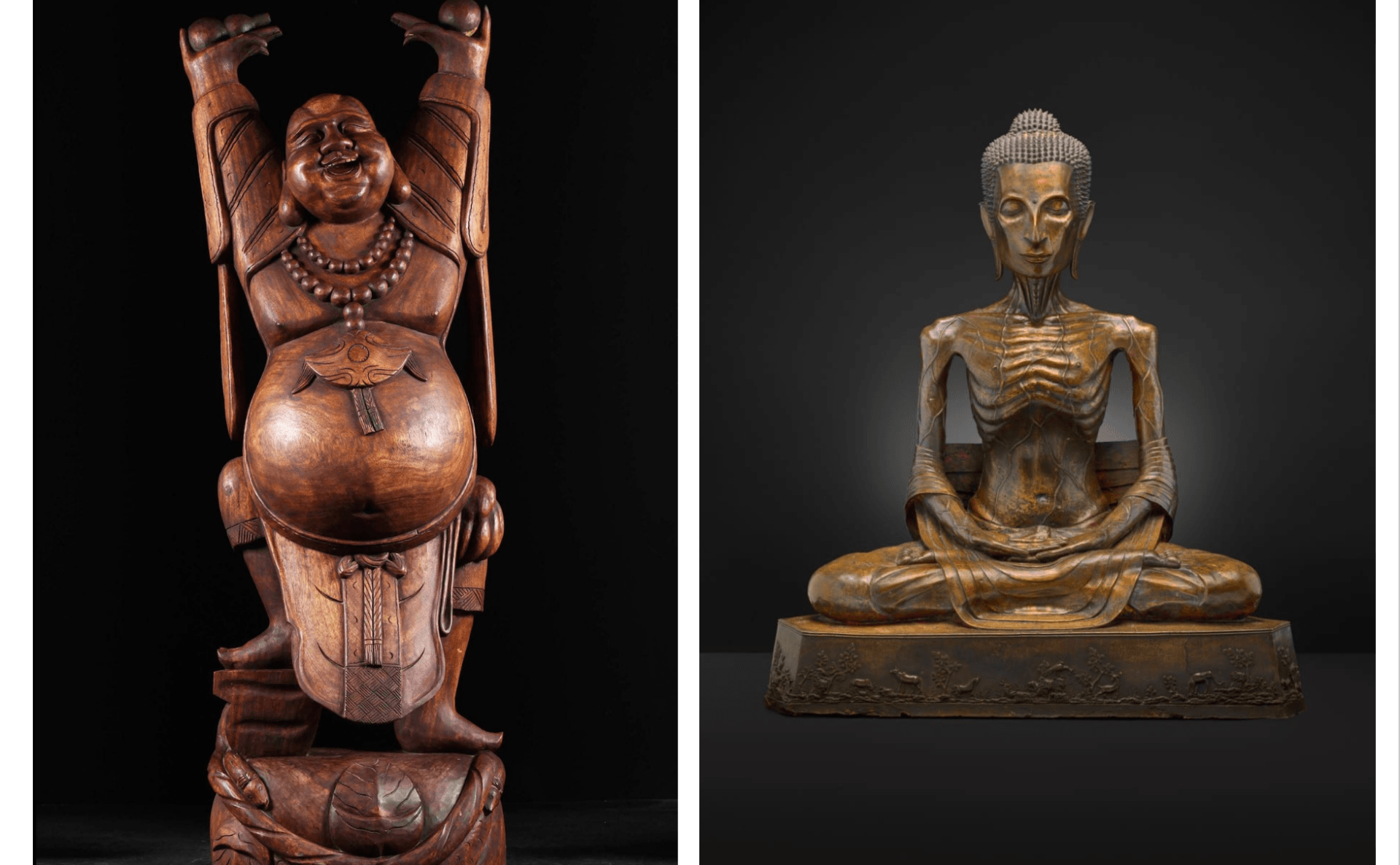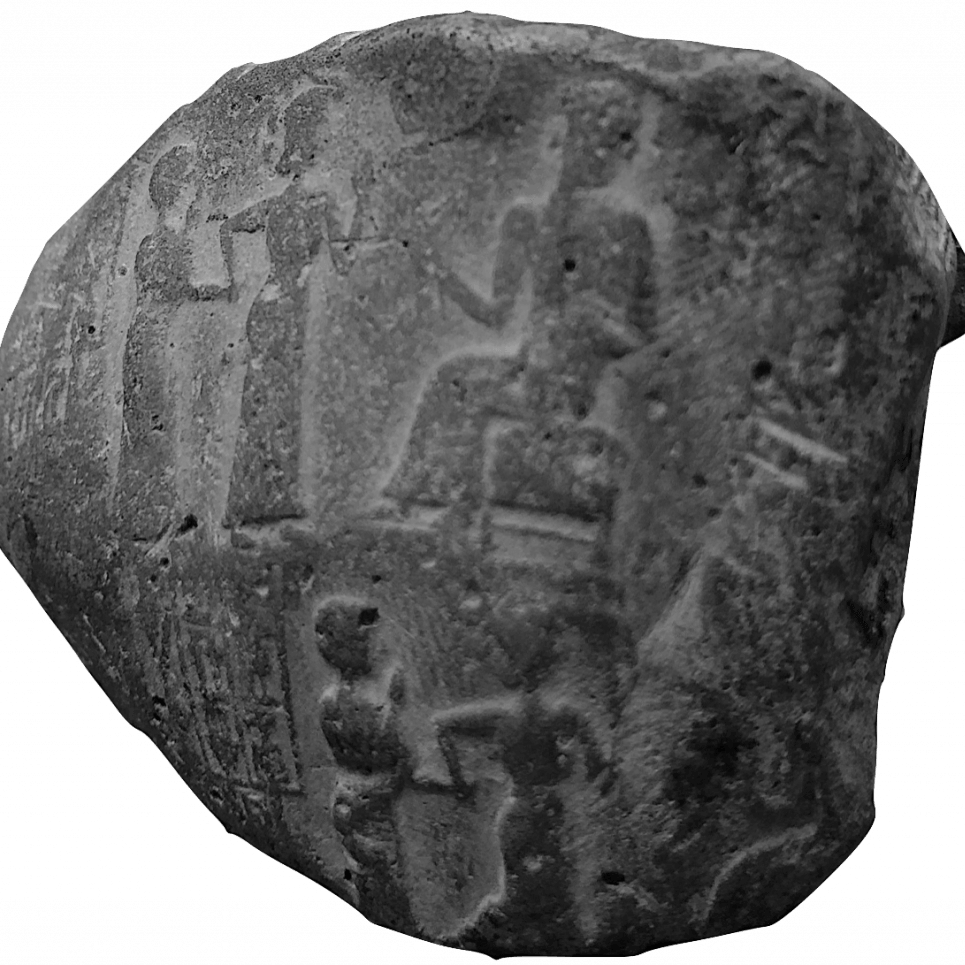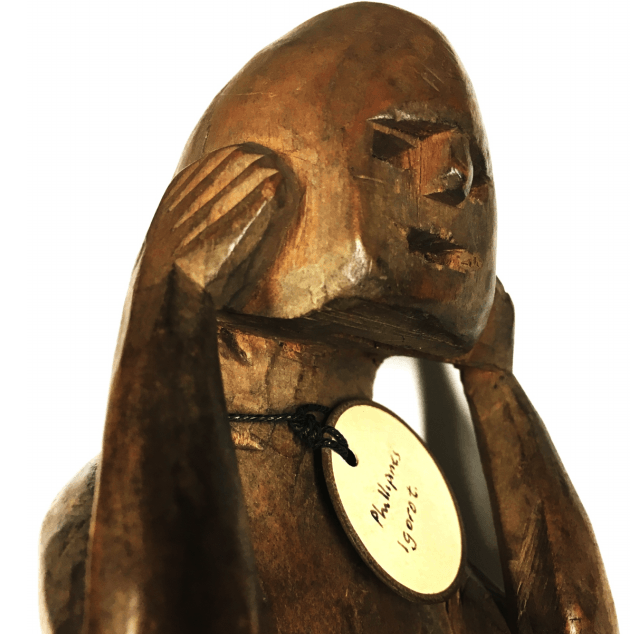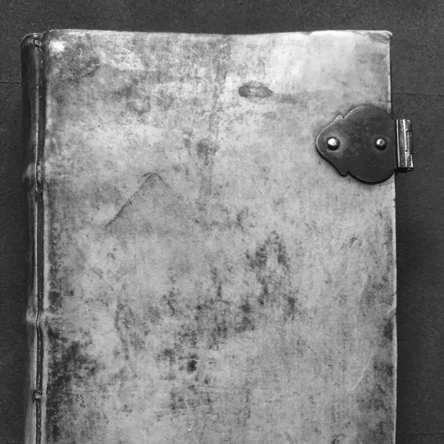[Last modified: March, 25 2019 02:14 PM]
- Left: Antique Hotei 72″, Antique Indonesian Suar Wood Hand Carved in Bali, sold on Lotusskulpture.com, Right: Siddhattha Gotama as a bodhisattva, wood (Photograph by unknown)
- Left: Ares Ludovis, National Museum of Rome, Right: Nike von Samothrake, Louvre (Photographs by unknown)
- Left: The Virgin Mary, Metmuseum, Right: Our Lady of Lourdes, 62,2 cm manufactured by Vittoria Collection (Photographs by unknown)
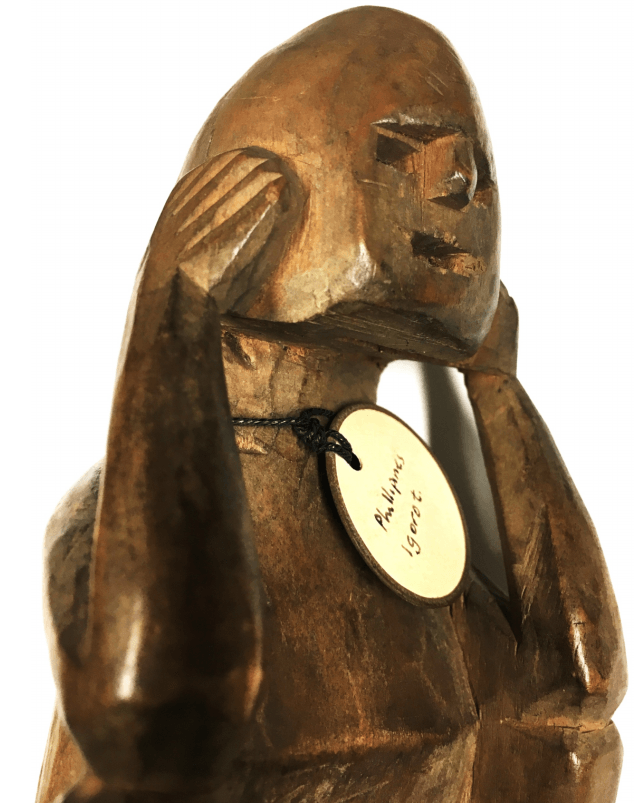
Bulul, originating in Ifugao, Wood. Ethnography Collection Antrophology department University College London. Photographs by the author.
Not only the companions, but also objects depicting gods, spirits or saints are considered to be alive. They also are considered to be endowed with supernatural powers, so we take them into our homes hoping that they grant us their protection.
One example out of many are the Bulul figures made by the rice-farming Ifugao People in the Philippines. With multiple rituals the figure is transformed from a piece of wood into a vessel for an achestors spirit. The Bulul is then passed down through the generations and treated with the greatest care so that the ancestral spirit is not angered. It is beseeched for a bountiful harvest, health and protection against evil spirits. This is not just a wooden figure, but a powerful entity with agency and life. A guarantor of the families well-being. It is a link to those dear that have passed away, a connection to the Ifugaos pantheon of gods, and grants the family owning it health, social status, wealth and safety by securing their rice harvest.
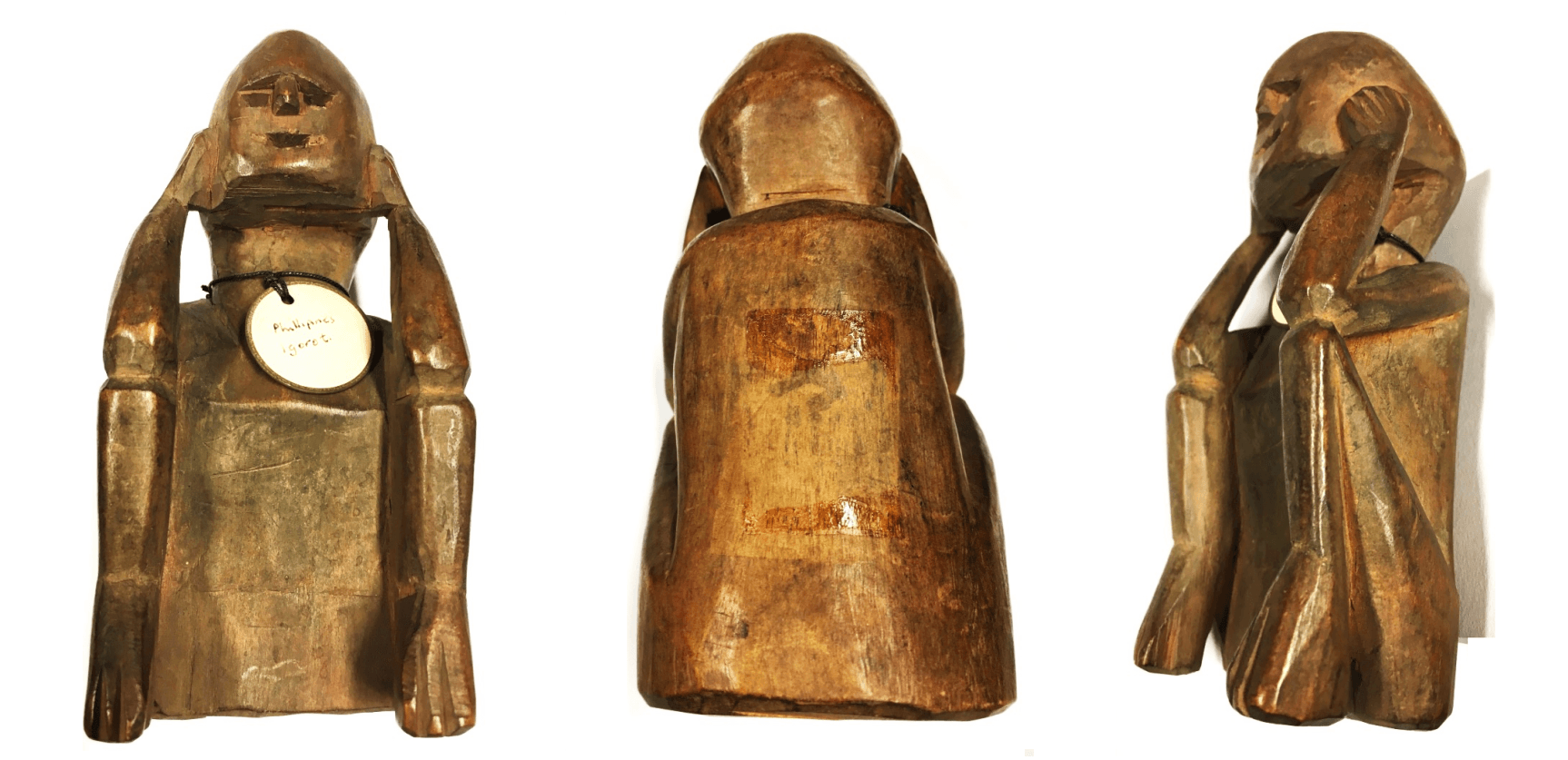
Ifugao music and dance ensemble of banaue at the zeum theater (2012) chant performed at Gangneung city, South Korea
Object Information:
Object Name: Bulul
Material: Narra or Ipil wood
Date: 20th century
Collection: Ethnography Collection of the Anthropology Department of the University College Maastricht
Size: 5.6 cm
